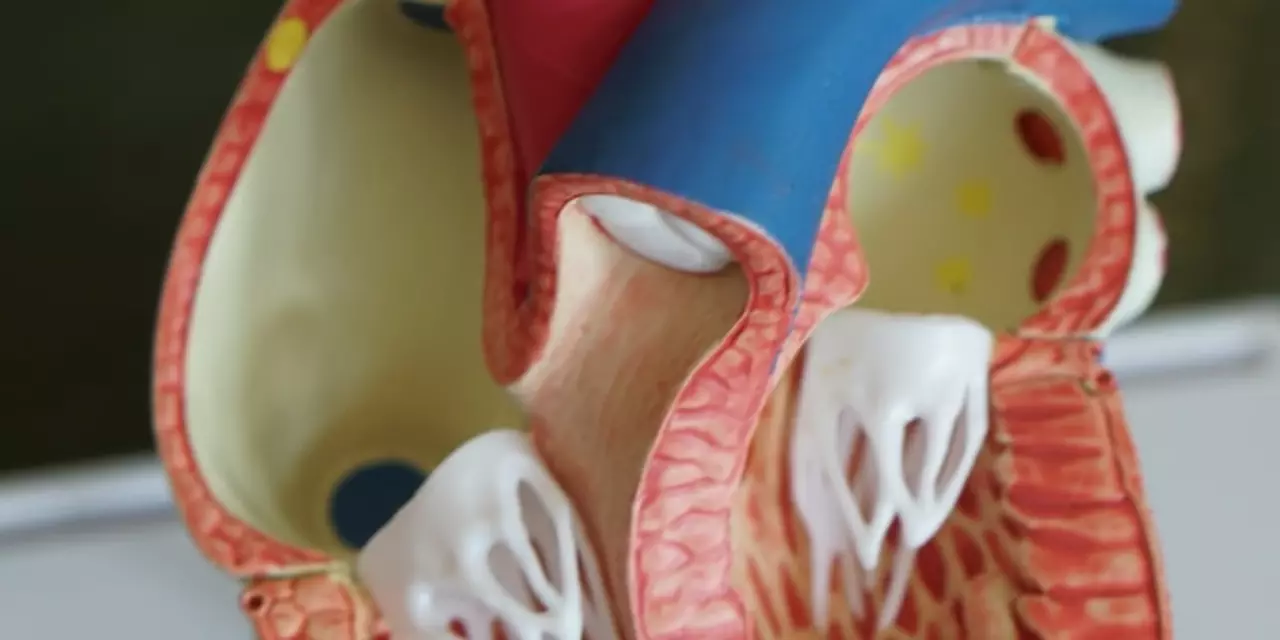Healthy Diet Tips for Everyday Athletes
Ever wonder why some people seem to have endless energy while others crash after lunch? The secret is often what’s on the plate. A healthy diet isn’t about strict rules or exotic superfoods – it’s about feeding your body the right fuel at the right times.
Why a healthy diet matters for athletes
When you train, your muscles need more than just protein. Carbs, fats, vitamins, and minerals all play a part in recovery and performance. Skipping breakfast or loading up on junk can leave you sluggish, hinder growth, and even increase injury risk. On the flip side, a balanced meal gives you steady glucose, supports muscle repair, and keeps your mind sharp for game‑time decisions.
Think of your body as a car. High‑octane fuel lets it run smoother and farther. Whole grains, lean proteins, and colorful veggies are that premium gasoline. They break down slowly, delivering energy over several hours instead of a quick spike and crash.
Easy ways to build a balanced plate
1. Half the plate with veggies or fruit – Fresh, frozen, or canned (in water or juice) all work. Aim for a rainbow of colors to cover a range of nutrients.
2. A quarter with lean protein – Chicken breast, turkey, fish, beans, or tofu. A palm‑sized portion gives enough amino acids for muscle repair without overdoing calories.
3. The remaining quarter with complex carbs – Brown rice, quinoa, sweet potatoes, or whole‑grain pasta. These carbs release glucose slowly, keeping you fueled for longer workouts.
4. Add healthy fats – A spoonful of olive oil, a handful of nuts, or some avocado. Fats help absorb vitamins and keep you satisfied.
5. Hydrate wisely – Water is your best friend. If you’re training over an hour, a drink with electrolytes can replace what you lose in sweat.
Meal prepping can save you from last‑minute fast‑food grabs. Cook a big batch of quinoa, roast a tray of mixed veggies, and grill several chicken breasts on Sunday. Store them in portion‑size containers, and you’ll have a ready‑made balanced plate for any day of the week.
If you’re short on time, a quick smoothie can cover many of these bases. Blend a cup of spinach, a banana, a scoop of Greek yogurt, and a splash of almond milk. You get protein, carbs, veggies, and fats all in one sip.
Snacks matter too. Swap chips for a small apple with a tablespoon of peanut butter, or grab a handful of trail mix. The goal is to keep blood sugar stable and avoid the mid‑day slump.
Remember, consistency beats perfection. One off‑day won’t derail progress, but making healthy choices most of the time builds a solid foundation for performance and overall well‑being.
So next time you plan a meal, ask yourself: Does it have protein, carbs, fats, and color? If the answer is yes, you’re on the right track. Your body will thank you with better endurance, quicker recovery, and that extra bounce in your step during training.





